According to the internet gods this phrase, “what is a bonded winery” is a common wine related search. The term bonded, or just simply the word bond are commonly thrown around in the winery world, however few people could accurately tell you exactly what they mean. This post will explain the difference between the two and clarify what each means to existing wineries, as well as anyone considering starting a new winery.
First of all, all US wineries are bonded wineries. This is because they each hold a TTB basic permit as a winery, and on their TTB basic permit in box 3, registry number it lists their “BWN”. BWN stands for bonded winery. This BWN number, in full form looks like this: BWN-CA-XXXXX. The two letters in the middle correspond to the state where the winery is located and the last five spaces are sequential numbers issued by the TTB each time they approve a new winery in that state. This TTB basic permit document lives in each winery’s basic permit application file, which all US wineries are required to have access to. Fortunately since 2018 the TTB fully opened up their Permits Online system to all US wineries. This means that all wineries can access their complete TTB application files entirely online. See our The TTB is paper free! video for a bit more info.
While all US wineries are truly bonded wineries, as explained above because of the TTB basic permit they hold, since 2016 most US wineries are no longer required to have a bond. A bond is a totally separate thing from what a bonded winery is, however a wine bond had previously been a required item as part of submitting an application for a TTB winery basic permit. So before 2016 all US wineries held both a TTB basic permit as a bonded winery, and also held a wine bond in their application file. With the nomenclature being so similar it isn’t surprising that there would be confusion and misunderstanding around both of those terms. You may still be wondering what exactly is a bond in a winery application? Most commonly they are an insurance policy that is set up by the winery for the purpose of covering their excise tax liability. Starting in January 2017 only wineries that owed $50,000 or more per year in excise taxes to the TTB were required to maintain a bond as part of their basic permit application file. As a result of this the overwhelming majority of US wineries were no longer required to have a bond in their application file.
What wineries are bonded wineries? All US wineries are bonded wineries. But do all US wineries have a bond? No they don’t. And only a small percentage of all US wineries are technically required to have a bond in their TTB basic permit application file. Two separate things, but related to each other. (potentially) One being a part of the other. Let’s hope this clears up some of the internet and winery world confusion.
Recent Posts
If you aren’t in the winery compliance world, don’t write about it!
Nails on a chalkboard. Folks, there is already a lot of incomplete or flat-out wrong information shared about winery compliance. Let’s not add to it! Stay in your lane. If you’re not actually in the winery compliance world, please spare all of us who are, and do not...
Eight takeaways from the CalRecycle training webinar on CA CRV requirements.
I joined in with the group of around 500 other folks who showed up live to CalRecycle's informational webinar on what the CA CRV reporting will mean for wineries. A fun way to kill a couple of afternoon hours on a Friday afternoon! But seriously it was very...

Hi-
We have been a bonded winery however now we are making our wine at a custom crush facility next door.
Any concern for us maintaining our bonded winery status because of this?
Thanks,
Ted
Hi Ted!
Thanks for reaching out.
Any business that holds a TTB basic permit as a winery is required to “use” it at least every two years. Here is that regulation for reference. https://www.law.cornell.edu/cfr/text/27/1.50
I’d say you want to be reporting some of your winemaking activities on your winery’s TTB 5120.17 reports to verify this. In other words not have all of your winemaking activities done (& therefore) reported by the custom crush facility.